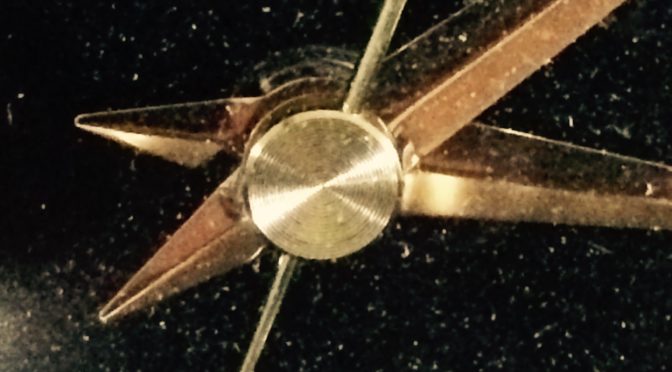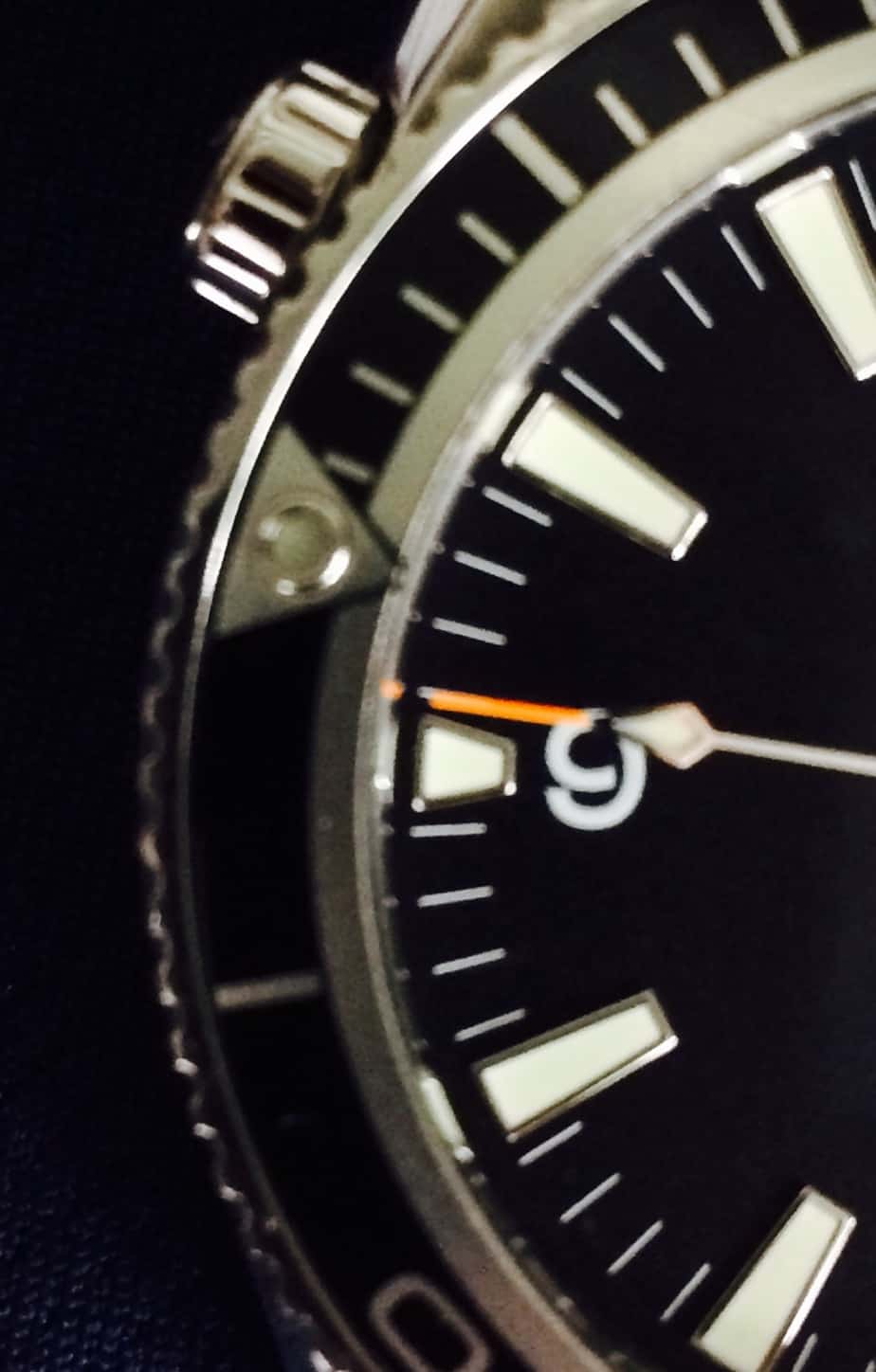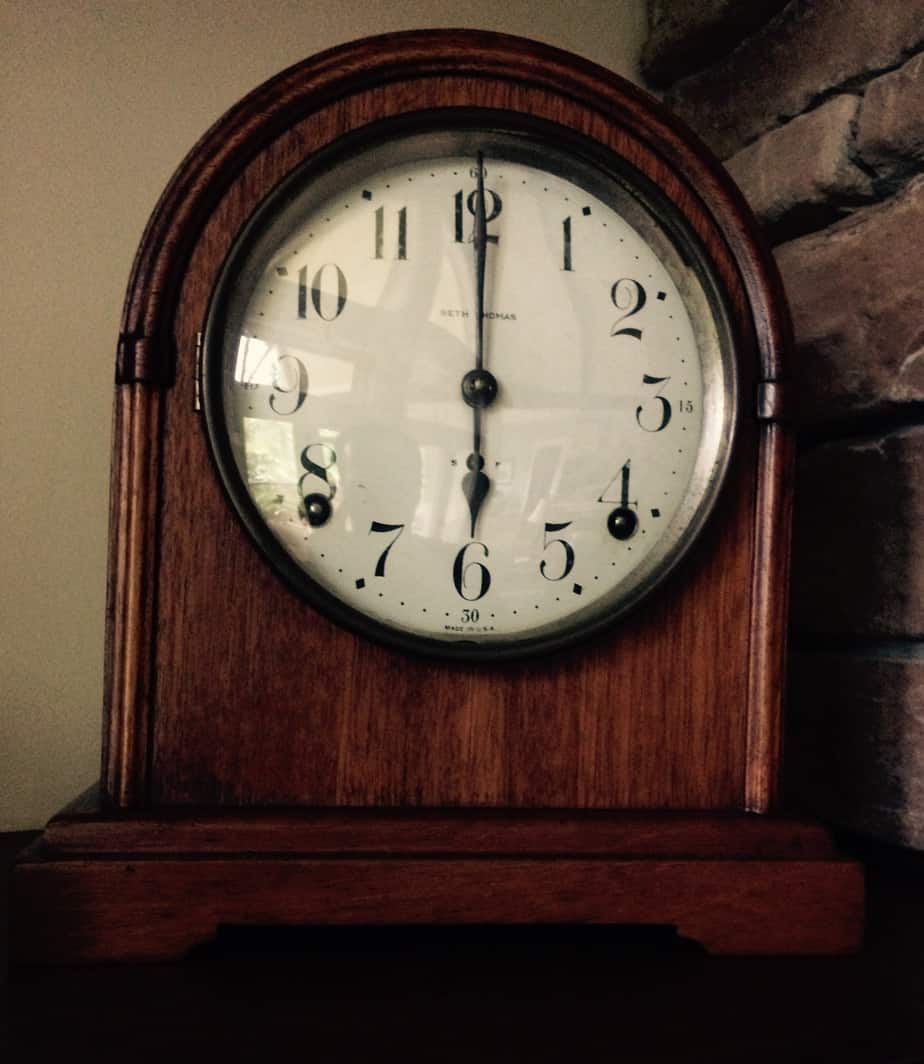Having a strong foundation in rhythm can help a pedal steel player’s musicality. Using a metronome is one of the best ways to build a player’s rhythmic skills, and can go a long ways on and off the bandstand.
Here are some ideas and tips for practicing with a metronome…
-Speeds
Most of my practice with a metronome involves using it at a slow tempo. This allows me to really calibrate my attack on the strings with the beats of the metronome. I am usually in the 55-75 BPM range, often in the 60’s. By calibrating my attack, what I mean is I try to hear sonically if I’m slightly ahead of the beat, right on top of it, or playing behind it.
These three modes of attack can allow one to have more options rhythmically when playing with others. Playing ahead of the beat, without rushing it, can help drive certain parts of songs and give them more flare. Playing on top of the beat is more common, and entails playing on time with the music surrounding you — you’ll be in time without accentuating the time too much and drawing attention away from the lyrics or song. Playing behind the beat can be fun too, and add more tail end to the percussive attacks of other instruments, without losing timing. When doing this, your attack on the strings will very minutely follow the immediate sound of the beat.
-On 2+4
This is a good trick for working on your timing, and can help when learning jazz rhythms too. Set your metronome real slow (I usually set it between 40 and 60 BPM). Then allow the beats you hear on the metronome to act as beats 2 and 4 of the measure (4/4 meter), and beats 1 and 3 will be in between these and inaudible on the metronome. Basically, you are using the metronome only for beats 2 and 4, while allowing your brain and mind to hear and interpret beats 1 and 3 on your own. When you do this, you’ll gain a deeper understanding of when the snare drum usually hits, and you’ll be able to accentuate beats 2 and 4 more within your playing. Having to fill in 1 and 3 on your own will give you practice and understanding of the function of these beats too. After all, you are the one “making” these beats happen in your mind. For more practice ideas and exercises, switch it up: have the metronome only sound beats for 1 and 3, while you interpret 2 and 4 on your own.
-Get a good timbre
Finding a nice, pleasant sounding metronome is important for getting the most out of your practice. After all, who wants to continuously listen to a repeating noise that is annoying sounding It’s like playing with a drummer: it is much more enjoyable to play with one that sounds good, than one that doesn’t, ha!?
I recommend downloading multiple metronome apps that are free on your phone, then experimenting with them to see which one sounds best to you. Also, I recommend the app called DrumGenius. It has a great selection of drum loops in many music styles, which all sound great. It is a great way to practice rhythm, while adding a more realistic aspect to your session – with a good sound system it can feel like you are practicing with a drummer. This can really help when you get on the bandstand.
-Using with a drone
When practicing scales, intervals, arpeggios, etc. it is often very beneficial to have a drone track in the background. Try to use a metronome when practicing with a drone, as this will be beneficial in many ways: improving intonation, solidifying your timing, training your ears, making your practice more musical, etc. For more on practicing with a drone, check out these articles:
I hope these tips and ideas on using a metronome help players get more out of their practice time. Often, the best way to calibrate one’s timing on and off the instrument is to practice with a metronome.
For more practice ideas check out this page!!!


